
Tingena afflicta is a species of moth in the family Oecophoridae. It is endemic to New Zealand.
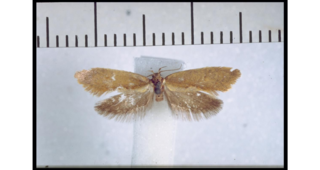
Tingena amiculata is a species of moth in the family Oecophoridae. It is endemic to New Zealand and has been observed in the Nelson, Tasman and Canterbury regions. This species has been collected amongst Hebe species and shrubland at altitudes of up to 4500 ft. It is similar in appearance to its near relatives Tingena basella and Tingena laudata.

Tingena clarkei is a species of moth in the family Oecophoridae. It is endemic to New Zealand and has been observed in the North and South Island. This species is on the wing from November until February and inhabits open scrubland or native forest. This species is similar in appearance to Trachypepla photinella.

Tingena decora is a species of moth in the family Oecophoridae. It is endemic to New Zealand and has been collected at Lake Rotoroa and adults are on the wing in February.

Tingena enodis is a species of moth in the family Oecophoridae. It is endemic to New Zealand and has been collected in and around Nelson. This species can only be reliably distinguished from its close relatives through the different shape of its male genitalia. As at 1939 a female specimen had yet to be assigned to this species.
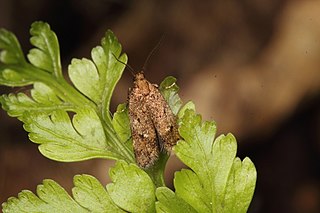
Tingena fenestrata is a species of moth in the family Oecophoridae. It is endemic to New Zealand and has been observed in the South Island. This species has been observed in native forest habitat in December.

Tingena grata is a species of moth in the family Oecophoridae. It is endemic to New Zealand and has been found in the South Island. The adults of this species are on the wing from November to January.
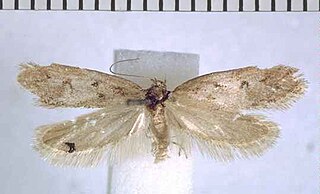
Tingena honesta is a species of moth in the family Oecophoridae. It is endemic to New Zealand and can be found in the South Island.
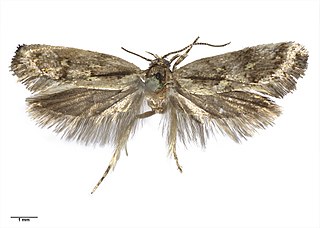
Tingena lassa is a species of moth in the family Oecophoridae. It is endemic to New Zealand and has been observed in Otago. It frequents both subalpine habitat at altitudes up to 1100 meters down to sea level residential areas. This species' resting place on rock walls has frequently been spotted. Around November and December, you can see this species' adults flying.
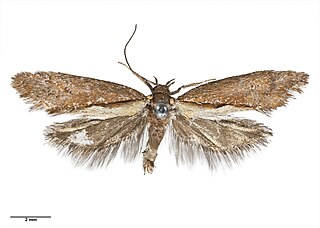
Tingena laudata is a species of moth in the family Oecophoridae. It is endemic to New Zealand and has been observed in Fiordland and Otago. Adults of this species are on the wing in January.
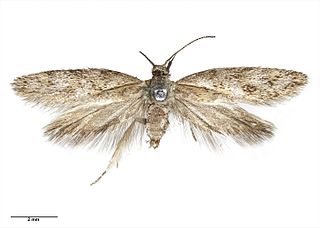
Tingena levicula is a species of moth in the family Oecophoridae. It is endemic to New Zealand.

Tingena morosa is a species of moth in the family Oecophoridae. It is endemic to New Zealand and has been found in the South Island in Nelson including at the Dun Mountain and in the Canterbury region. This species inhabits native forest at altitudes from 2000 to 3000 ft. Adults of this species are on the wing in December.

Tingena opaca is a species of moth in the family Oecophoridae. It is endemic to New Zealand and has been observed in the southern parts of the South Island. Adults of this species are on the wing in December.
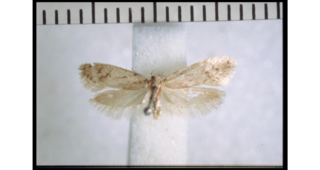
Tingena pallidula is a species of moth in the family Oecophoridae. It is endemic to New Zealand and has been collected in the Nelson and Tasman regions. Adults of this species are on the wing in February and have been collected by beating undergrowth.
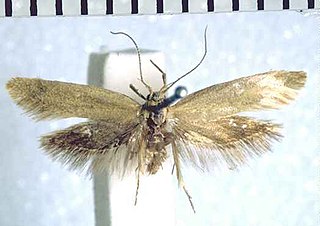
Tingena paula is a species of moth in the family Oecophoridae. It is endemic to New Zealand and has been observed in Canterbury. Adults of this species are on the wing in November.

Tingena pharmactis is a species of moth in the family Oecophoridae. It is endemic to New Zealand and has been observed in the Nelson, Tasman and Wellington regions. The adults of this species are on the wing in December.

Tingena pronephela is a species of moth in the family Oecophoridae. It is endemic to New Zealand and is found in the southern parts of the South Island. The species inhabits the outskirts of scrub and native forest. The adults of this species are on the wing from October to February.

Tingena serena is a species of moth in the family Oecophoridae. It is endemic to New Zealand and has been observed in Southland and Dunedin. The adults of this species are on the wing in December and January.

Tingena vestita is a species of moth in the family Oecophoridae. It is endemic to New Zealand and has been collected in Fiordland. The adults of this species are on the wing in January.
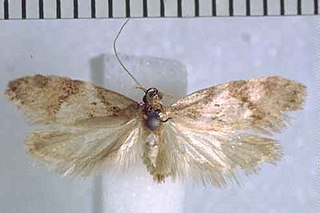
Trachypepla angularis is a species of moth in the family Oecophoridae. It is endemic to New Zealand and has been collected at Lake Rotoroa in the Nelson Lakes National Park in January. This species inhabits mixed native forest.




















